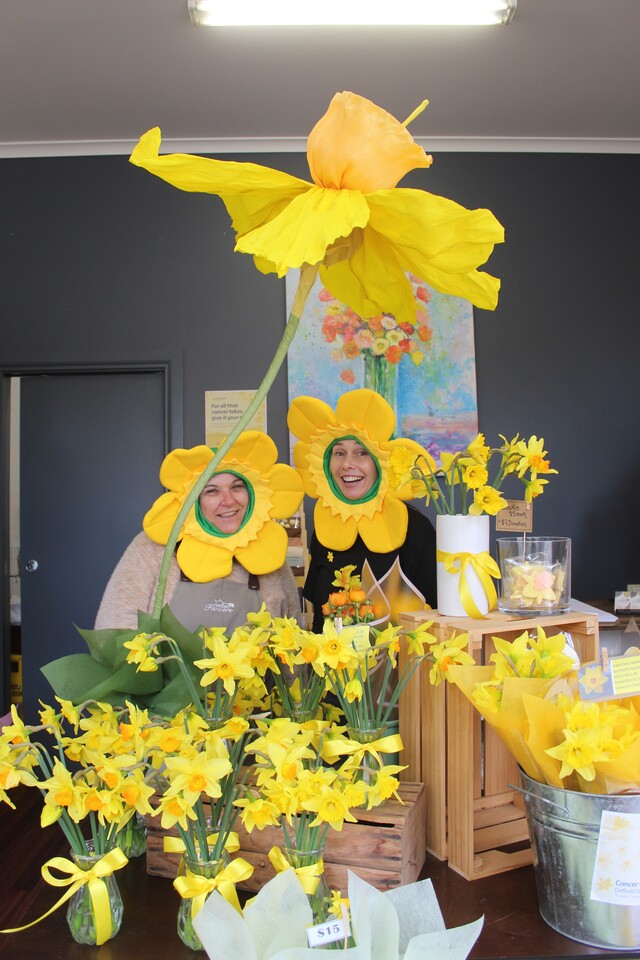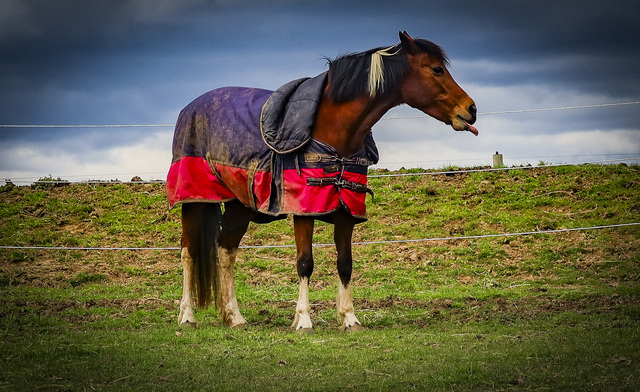Back on January 26, 2011, I published an article titled “The Saddest Children’s Books”, recommending some of the books that help young readers understand and express grief. Eleven years and seven months later, that article came back to me just after my previous review appeared in this column. That review was of the children’s book Pink Punk Mum, written by Queensland author Kala Heinemann and published on May 23 this year.
I read about the book on April 3 and tracked it down. My review was written on August 17, sent to press on August 24, and published on August 30. Then, on September 1, I learned the sad news that Ms Heinemann passed away back in June, having lost her battle against cancer.
The news struck a chord, as I was still trying to deal with the loss of my mother-in-law on August 26. With my own family on the other side of the world, she was like a mother to me in Australia. I had felt and still feel her generous love everyday.
Now I cannot help but thinking how easy it was for me to have written in that review about the importance of having open and honest conversations about life-threatening illness. How easy it once was indeed, to talk about the need to process what is lost while sharing a sense of belonging and being together with those left behind.
Initially I had seen grief as a personal and private thing. Even within the same family, each member’s memories about their lost loved one are unique, and each can only retreat to their own “darkroom” to process them, like printing life’s precious moments onto paper.
Then my own article came to mind, and I realised those children’s books are sad to me because I read them as an adult. For example, only those who are parents themselves can truly understand the messages conveyed in books such as Robert Munsch’s Love You Forever (1986) and Shel Silverstein’s The Giving Tree (1999).
And it makes sense that only those who have fought for and then lost their loved ones can comprehend the sense of disappointment and despair expressed in Chris Raschka’s The Purple
Balloon (2007) and Michael Rosen’s Michael Rosen’s Sad Book (2008)
Ultimately, I suppose, growing up is a process of learning how to discuss death and loss in a “matter-of-fact” way as Rosen described it. It is a process of getting used to the idea of feeling sad but having to pretend to be happy.
Unlike children, whose expressions can be short, sharp and straightforward like a punch in your face, adults often have to hide their tears. No one likes seeing a fully-grown man or woman bawling their eyes out.
Perhaps this is why we as adult readers need the saddest children’s books. They provide us with a rare chance to openly shed our tears, without having to feel embarrassed or ashamed, so we can free ourselves to process our deepest and dearest feelings afterwards.







